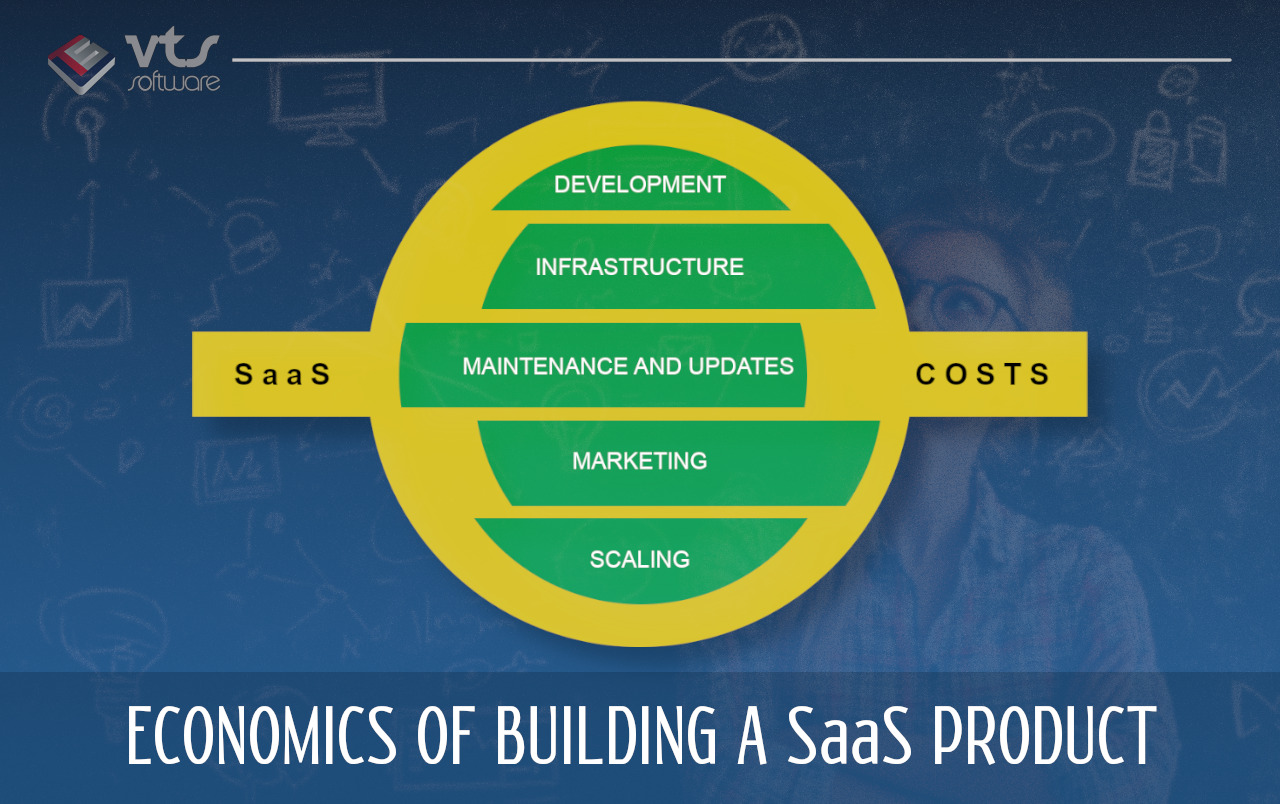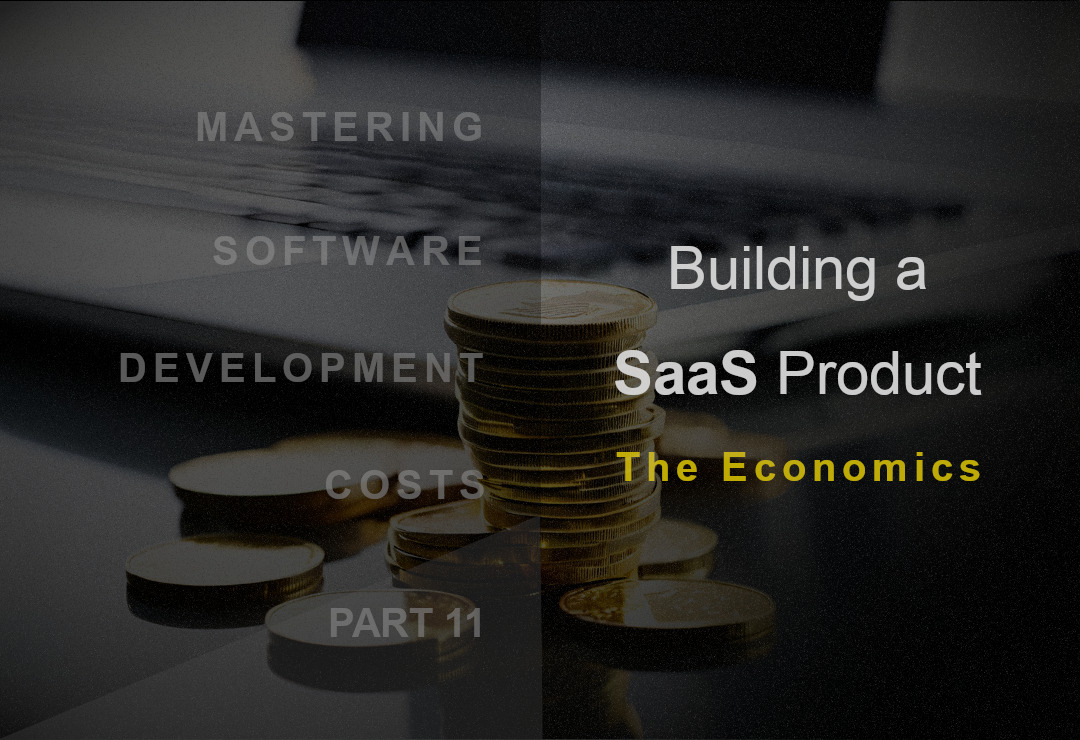Is Building a SaaS Product Worth the Investment?
Have you ever wondered about the true cost of software development for a SaaS (Software as a Service) product? If you’re a startup founder, CTO, or product manager exploring the idea of launching your own SaaS, understanding the financial dynamics of building such a product is crucial.
In our previous article, Mobile App Development Costs, we discussed how different factors influence the pricing of mobile applications. If you haven’t read it yet, feel free to check it out. But now, it’s time to zoom in on the economics of SaaS products, which have a very unique cost structure. SaaS offers a recurring revenue model, which is both exciting and a bit tricky to navigate when it comes to budgeting and long-term financial planning.
Building a SaaS product isn’t just about the software development cost—it’s about understanding the entire lifecycle: development, infrastructure, ongoing maintenance, and even customer acquisition. So, whether you’re still in the brainstorming stage or already in the process of building your SaaS platform, this article is for you!
At VTS Software Ltd, we specialize in helping startups and businesses develop their software solutions from start to finish. Our experience spans everything from designing bespoke software solutions to handling the nitty-gritty of infrastructure for SaaS products. We become your long-term partner, invested in your success, not just a vendor delivering a product and walking away.
Let’s dive into the unique world of SaaS economics and why understanding the full scope of costs will make your project more successful in the long run.
The True Cost of Building a SaaS Product
Building a SaaS product involves more than just the upfront custom software development price. A successful SaaS product is a long-term commitment that includes ongoing operational costs, customer acquisition expenses, and—of course—scalability considerations. These costs can fluctuate depending on your business model, the type of SaaS you are offering, and the market you’re targeting.
Let’s break down the most significant costs involved in building a SaaS product, so you can have a clearer picture of the software development budget required and the financial decisions you’ll need to make.
1. Development Costs: Building the Core Product
Every SaaS product starts with the actual development of the software. This is where a lot of businesses focus their attention, and rightly so. The cost to develop a SaaS platform depends on several factors, including:
- Platform Choice: Are you building a web-based platform, or will you be supporting mobile apps as well? This can affect the cost for application development.
- Features and Complexity: The more features and complexity your SaaS product requires, the higher the development cost. Think about integration with third-party services, APIs, and any custom solutions that make your SaaS unique.
- Agile Development MVP: For many SaaS products, especially when you’re in the early stages, an Agile development MVP (Minimum Viable Product) approach is crucial. This methodology allows you to focus on essential features, launch quickly, gather user feedback, and iterate based on real-world usage, reducing the risk of overspending on features that may not be needed.
To estimate software development cost accurately, you’ll need to think about how much work is involved in building the software, the technologies used, and the development team’s hourly rates.
2. Infrastructure Costs: Hosting and Scaling Your SaaS
Once the development of the core product is underway, the next step is infrastructure. SaaS products rely on cloud computing for hosting, and cloud services like Amazon Web Services (AWS), Microsoft Azure, or Google Cloud can get expensive, especially as your user base grows.
You’ll need to calculate the cost estimate to develop a software system that can scale as your customer base expands. This includes paying for storage, bandwidth, security, and redundancy systems, which ensure that your SaaS remains up and running 24/7.
The average cost of custom software development for SaaS applications might not include these additional infrastructure expenses, but they’re just as critical. As your SaaS grows, the development cost for customized computer software might increase due to scaling issues, so it’s important to keep a close eye on these ongoing expenses.
3. Maintenance and Updates: Keeping the SaaS Fresh
The work doesn’t stop once your SaaS product is live. Software maintenance is essential to keeping your platform functional, secure, and relevant to your customers. As technology evolves, so should your software.
Maintenance costs can include bug fixes, software updates, security patches, and customer support. These are ongoing costs that will vary depending on how complex your platform is and how often you need to roll out updates.
When calculating the bespoke software costs, it’s important to factor in these ongoing maintenance expenses. Keeping your platform fresh and bug-free is necessary for customer retention. After all, a SaaS product that’s constantly experiencing downtime or has bugs will quickly lose its customer base.
4. Customer Acquisition and Retention: Marketing and Sales Costs
One of the key aspects of a successful SaaS product is customer acquisition. With a recurring subscription model, acquiring customers is critical to building a steady stream of income. However, customer acquisition comes with its own set of costs.
You’ll need a marketing budget to reach your target audience, which could include digital advertising (Google Ads, Facebook Ads), content marketing, influencer collaborations, and more. This is where your cost-effective software development will pay off—you’ll need a marketing plan to support the launch and growth of your product.
Additionally, customer retention is just as important. You can spend a lot of money bringing customers in, but if your product doesn’t meet their needs or if they experience poor customer service, they’ll churn. Therefore, investing in customer support teams, email marketing campaigns, and user experience improvements is just as crucial as acquiring new customers.
5. Scaling Costs: Growing Your SaaS Product
As your user base grows, so will your costs. While cloud services like AWS provide flexible pricing models, they can get expensive as you scale up. You’ll need to plan for the cost of scaling your infrastructure and the additional bandwidth, storage, and data processing that come with more users.
The software development budget should account for scaling your application, managing more users, and ensuring that your platform performs optimally as demand increases. How much software development cost will it take to handle these scaling issues? It depends on the complexity of your product and the technologies you’re using.

Why Understanding These Costs Is Essential for Your SaaS Success
Now that we’ve broken down the core costs associated with building a SaaS product, let’s talk about why this understanding matters. If you’re considering entering the SaaS world, cost-effective software development is only part of the equation.
By understanding these different cost factors, you can:
- Avoid surprises: Knowing what’s coming ahead of time allows you to anticipate costs, rather than being blindsided later.
- Make smarter decisions: Whether it’s about choosing infrastructure, scaling, or allocating marketing resources, an informed approach allows you to make better business decisions.
- Plan for the future: SaaS is a long-term business model. Building the financial foundation for the future is crucial for your growth and sustainability.
- Optimize your budget: By managing all these costs effectively, you’ll be able to maintain a sustainable profit margin and keep your business on track.
Knowing the true cost of a software development team and the various components of building a SaaS platform will also help you gauge whether outsourcing development or bringing it in-house is the right choice for your business.
Ready to Build Your SaaS Product? Let’s Talk!
Now that you have a solid understanding of the SaaS economics, you might be thinking, “How do I get started on building my own SaaS product without breaking the bank?”
That’s where we come in. At VTS Software Ltd, we don’t just build software—we help businesses like yours grow and thrive in the digital world. From Agile development MVP to low cost software development, we guide you through every step of the process, making sure your SaaS product is both financially and technically sound.
Our expertise in bespoke software development, paired with our experience in SaaS, makes us the ideal partner for building your platform. We work with you long term, taking responsibility for not just the initial development but also the ongoing scaling and growth of your product.
Ready to take the next step? Go to our contact form and get free consultancy for your business. Let’s talk about how we can help you build a cost-effective, scalable SaaS product that will grow your business and provide value to your customers.
With this actionable guidance, you now have the knowledge to navigate the financial landscape of SaaS development. Don’t let the complexities of SaaS product economics intimidate you—embrace them, plan wisely, and watch your product succeed!

No Responses